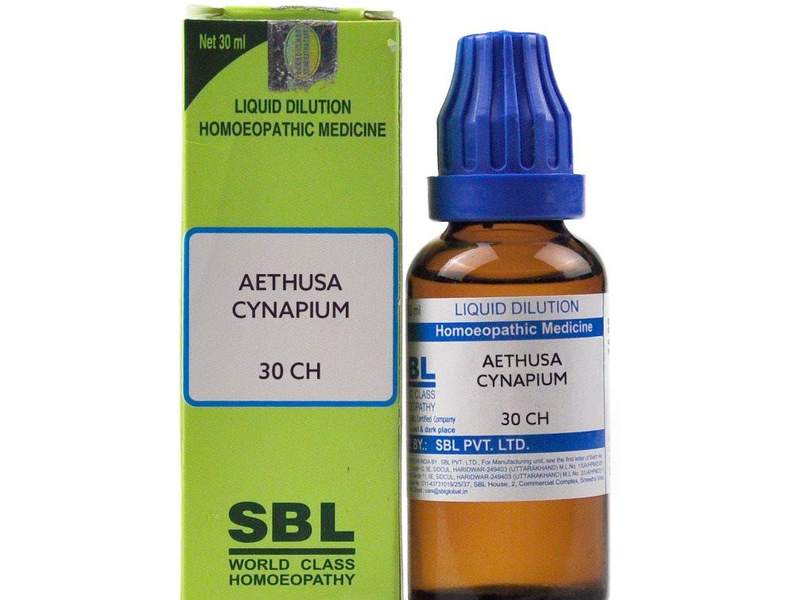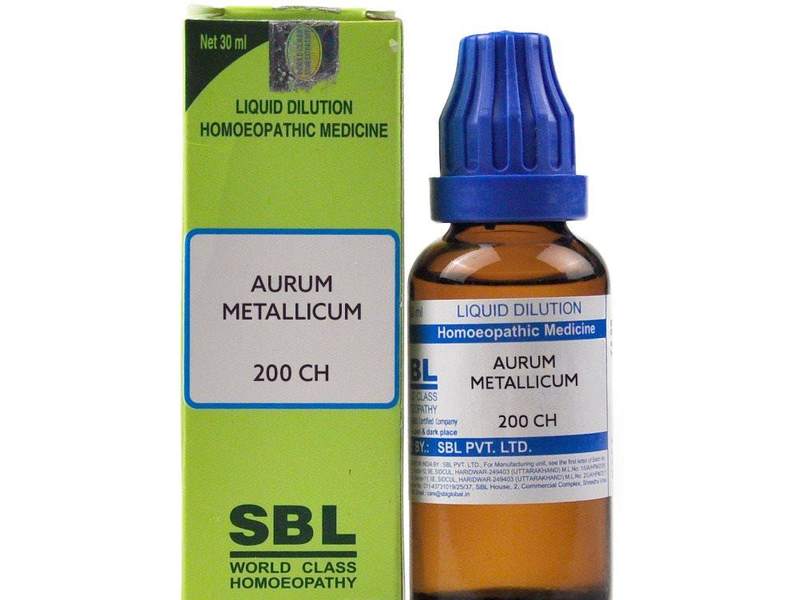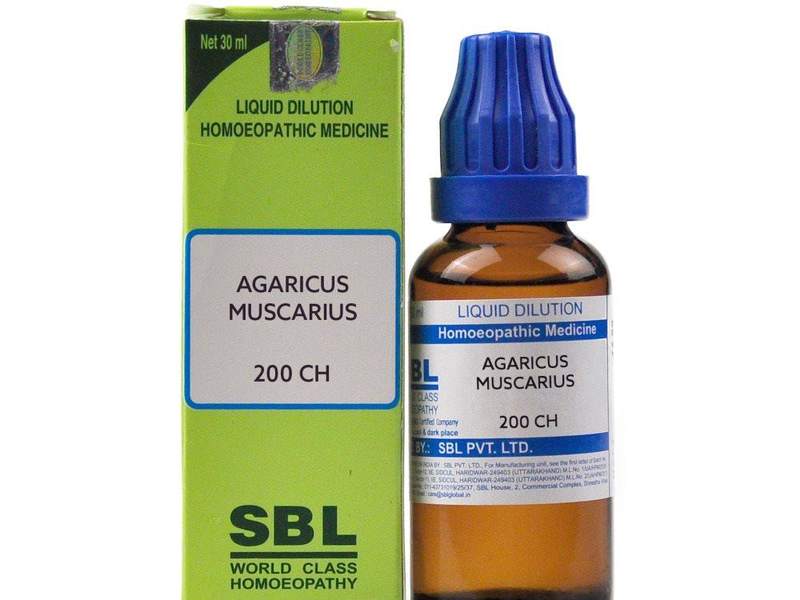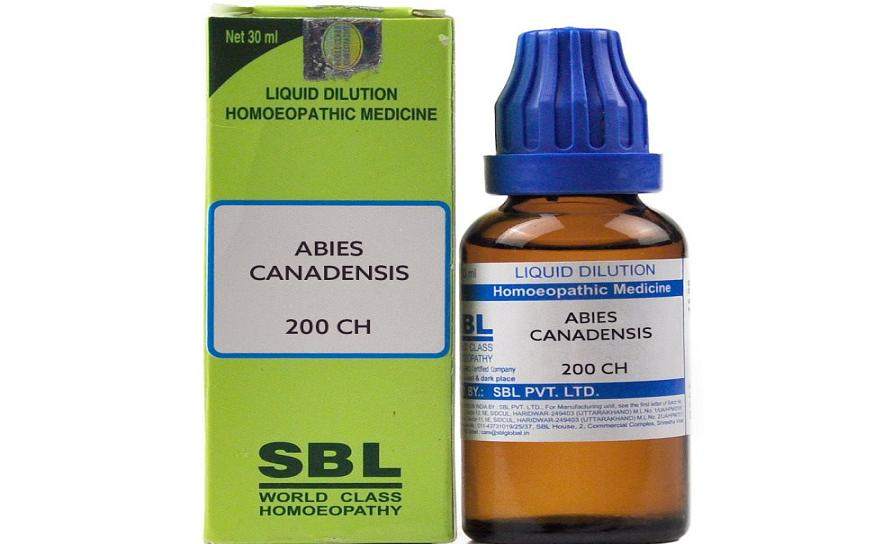Pulsatilla Nigricans 200 Uses, Benefits – Pulsatilla Materia Medica
₹1,571.00 Original price was: ₹1,571.00.₹997.00Current price is: ₹997.00.
- Weeps easily, almost impossible for her to detail her ailments without weeping
- Symptoms ever changing
- Pains rapidly shifting, tearing, drawing, erratic; are accompanied with constant chill; appear suddenly, leave gradually
- Thirstlessness, with dryness in mouth with nearly all complaints
Source: Vegetable kingdom
Synonyms: Anemone, Wind flower. Pulsatilla pratensis
Family: Ranunculaceae
Prover: Dr Hahnemann in 1805
Duration of Action: 40 days
Miasmatic Background: Psora and sycosis
Temperament: Phlegmatic and indecisive
Thermal Relationship: Chilly or hot patient
Introduction and History: It is a polychrest remedy of inestimable value to homeopathy. It is pre-eminently a woman’s remedy. It is one of those remedies which we are apt to select in a large measure on the basis of its mental symptoms. There is scarcely any disease where this remedy is not useful. Pulsatilla is always found in groups, as if seeking company, never or rarely, as a single specimen. The plant grows on dry sandy soil, having small need for water. It appears early, thriving in the cool air of first spring, but still has to be protected against chill by fine, soft hairs covering stems and leaves. The flower, on its gently curving stem, hangs downwards; it yields to the slightest breath of air, moving about, constantly changing its position, as the direction of wind changes. The name, Anemone pulsatilla is derived from the Greek word ‘anemos’, meaning ‘wing’, and from the Latin ‘pulsare’ meaning pulsating with the ‘wind’, as well as the name wind flower expresses this characteristic. A popular English name for the plant is ‘Shame-faced maiden’, as though the common people have gained this impression from its appearance.
As the position of the flower keeps changing, so does the character of soil which it seeks; some species prefer soil rich in calcium others avoid it. The greatest ‘changefulness’ is apparent in the enormous variety; there are more than a hundred subspecies of Pulsatilla. The same characteristic ‘changefulness’ exists in the colours. The name Pulsatilla is derived from the Latin word ‘pulsatus’ meaning to beat or to strike. The flowers pulsate from the growing winds; hence, the name Pulsatilla. Nigricans is derived from the word ‘nigger’, meaning dark colour as the flowers of this plant are usually of a dark colour.
The flower is so tiny that it moves with the wind and so the common name is Wind flower. It was first employed by Arabian physicians as an external application for ulcers, and also in inflammation of eyes, toothache and headache. It was introduced into homeopathy in 1805 by Dr Hahnemann.
Habit and Habitat: It is found in Scandinavia, Denmark, Germany, some parts of France, Russia, Turkey and Asia. It was first cultivated in England in 1731 by Mr Miller. It is a perennial plant. Stem is 1.5 metres high. Stem is simple, erect and rounded. Leaves are feather-like, bipinnatifid with linear segments. Flowers are numerous bell-shaped; colour varies from dark violet to light blue. They appear from March to May. Root is thick and short, sending off several strong fibres. The whole plant is covered with silky hair. When the plant is rubbed, it exhale’s acrid vapours. It has an acrid and burning taste.
Preparation and Parts Used: Mother tincture is prepared from the whole plant when flowering. Higher potencies are prepared from the mother tincture.
Constitution and Physiognomy: It is best suited to people of slow, phlegmatic temperament who are indecisive and of timid, tearful disposition. Usually indicated in ladies who are fair and beautiful but inclined to be fleshy with fine hair and blue eyes, soft and lax muscles, anaemic and chlorotic with a pale face at puberty.
Ailments From: Eating fatty food and starchy food, ice cream, chill, getting feet wet, abuse of mercury, abuse of quinine, abuse of sulphur, tea and coffee, abortion, ovarian and uterine troubles, worm affections, indigestion, irregular, menses etc.
Seat of Action (Pharmacodynamics): Mind, veins, mucous membranes, tongue, stomach, bowels, vagina, urinary organs, female organs, eyes, ears, uterus, etc.
Doctrine of Signature: Pulsatilla is prepared from Wind flower and its doctrine of signature is as follows:
- As the plant grows in the desert, patient has a dry mouth.
- The plant needs less water to grow; like wise, the patient is thirstless.
- As the flowers of the plant droop downwards, the patient is very shy.
- As the flowers are so delicate, they change their direction by a draft of wind, changeability of signs and symptoms is marked.
- Since the flowers are always present in a group, the patient also likes to be in a group (likes company), does not want to be alone.
- As the stem of the plant is delicate and covered by small hair-like structures to protect it form the wind during the chilly phase, the patient likes to go into open air after putting on coverings.
Active Principle (Chemical Constituents): The chief constituents of this drug are potassium sulphate, anemonic acid, oil of anemon, anemon camphor, isoanemonic acid, saponin, anemonin.
Physiological Action
- Pulsatilla pratensis is an active irritant to the skin producing a phenomena ranging from tingling and burning to vesicular or pustular dermatitis.
- When the powdered root is inhaled, itching of the eyes, colic, vomiting and diarrhoea may result.
- Administered internally, the fresh juice causes burning and tingling of the tongue followed by numbness.
- It is a diuretic, diaphoretic and emmenagogue; a cardiac and vascular sedative, lowering arterial pressure and body temperature.
- In large doses, Pulsatilla affects all mucous membranes, induces nausea and vomiting, slimy diarrhoea, coryza and cough, skin eruptions, ocular pains and faulty vision.
- It produces spinal irritation at first and later, motor and sensory paralysis with stupor and coma.
- Fatal doses are followed by a slow and feeble pulse, low blood pressure, slow breathing, lowered temperature, diarrhoea, paralysis of extremities, dyspnoea, dilatation of pupils, stupor and death.
- Autopsies of poisoned cases show congestion and oedema of the lungs, hyperaemia of meninges, especially in the area of medulla.
- The heart is relaxed and together with large vessels, is filled with clotted, dark blood. In other parts, the blood is liquid.
- The liver, kidneys, spleen and other abdominal organs are not pathologic.
Physio-pathological Changes (Pathology)
- It acts prominently on all mucous membranes, synovial membranes, veins, eyes, ears and sets up a catarrhal inflammation.
- It acts on skin producing a tingling and burning to vesicular or pustular dermatitis. It is an active irritant.
- It acts on the genitourinary system, especially that of females where its action is very marked producing contractive pains in the uterus; leucorrhoea of various kinds; scanty, delayed and often painful menses.
- In males it acts upon testes producing swelling of testes and pain in the spermatic cords.
- Acts on joints chiefly knees, ankles and small joints of the hands and feet producing arthritic or rheumatic inflammations.
- Pulsatilla has a diuretic action on the urinary system.
- Pulsatilla acts on the tongue producing tingling and burning of the tongue which is soon followed by numbness.
- Acts on the digestive system and produces nausea and vomiting with slimy diarrhoea.
- Acts on the kidneys and bladder, thereby producing copious discharge of mucous in the urine.
- It acts on ears where it causes catarrhal inflammation, deafness and otalgia.
- Pulsatilla is a diuretic, diaphoretic and emmenagogue; a cardiac and vascular sedative, lowering arterial pressure and body temperature.
- It produces spinal irritation at first and later, motor and sensory paralysis with stupor and coma.
- After fatal doses, it causes a slow and feeble pulse, low blood pressure, slow breathing, lowered temperature, diarrhoea, paralysis of extremities, dyspnoea, dilation of pupils, stupor and death.
Characteristic Mental Symptoms (Psychology)
- Timid; sad, yielding disposition. Easily disposed to weep or laugh.
- Weeping tendency; cannot narrate her symptoms without weeping.
- She weeps at everything, whether it is joyful or sorrowful.
- Patient is mild, gentle, amiable in character, and sometimes timid too.
- Patient is better by consolation. All symptoms are relieved by consolation, it gives her immense comfort and relief.
- Weary of life, likes sympathy. Gloomy and melancholic mood.
- Anxiety at night as if from heat. Indolence and a constant desire to lie.
- Disgust with everything, satisfied with nothing, yet not vexed. Restless mood.
- Changeability of mental conditions is found through the whole medicine.
- The patient is highly emotional, fears to be alone. Fear of ghosts and darkness; fear of meeting the opposite sex.
- Religious insanity. Aversion to marry. Mania from suppressed menses.
- Anguish about the heart, thinking of suicide.
- Fancies a naked man is wrapped in her bed-clothes; dreams of men.
- Fatigued by mental labour; head is affected. Confusion in head with pains, as after intoxication or night watching.
Characteristic Physical Guiding Symptoms
Thirstlessness: Thirstlessness, often associated with nearly all complaints. Mouth dry, yet thirstless. In intermittent fever, there is thirst only during heat.
Chilliness: Constant internal chilliness, even in a warm room, but aversion to cover. Pains are associated with chilliness.
Changeability of symptoms: Symptoms are always changeable. No two chills, no two stools, no two attacks alike. It has an ever changing character of symptoms.
One-sidedness: One-sided complaints. One-sided headache. One-sided Sweat. One-sided pains.
Bitterness: Bad and bitter taste. Bitter taste in mouth, also after food and drink. Bad taste in mouth, especially early in the morning.
Pains: Drawing, tearing, erratic, rapidly shifting from one part to another; are accompanied with constant chilliness – the more severe the pain, the more severe the chill. Pain comes gradually and disappears suddenly or pain appears suddenly and goes gradually.
Diarrhoea: Only, or usually at night; watery, greenish-yellow, very changeable, appears as soon as patient eats; from fruits, cold food or drinks, ice cream.
Discharges: Thick, bland, yellowish-green discharge from mucous membranes. However, discharges such as leucorrhoea are sometimes acrid and excoriating.
Sleep: Does not want to go to bed. First sleep restless; sound sleep when it is time to get up. Awakes unrefreshed.
Toothache: Toothache relived by holding cold water in the mouth; worse from warm things and heat of the room.
Menses: Delayed first menstruation. Menses are too late and scanty, or suppressed particularly by getting feet wet.
Styes: Styes are especially found on upper lid; from eating fat, greasy, rich food or pork.
Sensation: All gone sensation in stomach, especially in tea drinkers.
Weeping: Weeps easily; it is almost impossible for her to detail her ailments without weeping.
Abortion: Threatened abortion. Flow ceases and then returns with increased force. Pains spasmodic, excite suffocation and fainting, must have fresh air.
Aversions and cravings: Desire for open air. Desire for alcoholic drinks, beer, whisky, brandy, cheese, bread and butter, cold food, cold drinks, juicy things and lemonade but aversion to warm food, tobacco, smoking, fats and rich food.
Dreams: Dreams of black animals, of business, exhausting, frightful, ghosts, naked men, murder, of misfortune and accidents.
Perspiration: Cold perspiration with offensive odour on getting out of bed, during coldness, on covered parts, on single parts, on the left side, during sleep and during anxiety.
Heaviness: Heaviness of stomach after eating. Pressure as from a stone at the pit of the stomach, relieved by eructation.
Headache: Bruised pain, shifting type of headache; better from pressure or tight bandage.
Important Characteristic Features
Menses, leucorrhoea and dysmenorrhoea: Delayed menses after getting feet wet. Menses come too late. Flow is thick and changeable in character. Blood flows, stops and flows again. Sometimes there is intermittent flow, mixed with clots or fluid coagulable in character. Flow is more during the day and while walking. With menses there is severe pain across the abdomen which is shifting in nature. There is a dry tongue with complete absence of thirst. With menses there may also be nausea, vomiting and purging. Leucorrhoea acrid, burning and creamy. It is milky white in colour and accompanied with a swollen vulva and cutting pain in the abdomen. It is excoriating and corrodes the vulva. Pain in back; tired feeling. Diarrhoea during or after menses. All complaints can be found at the time of puberty. Ailments on and from the pubertal age. ‘Has never been well since that time.’
Conjunctivitis and styes: Dryness of eyes and lids with sensation as if sand in eyes. Patient feels pressure as from sand in the eyes. Conjunctivitis with profuce, thick, yellow, bland discharge, and burning and itching. The margins of eyelids agglutinate at night. There may be styes, especially on upper eyelids with itching, biting and burning from eating fatty foods or pork. Complaints are ameliorated by washing in warm water. Cold water also feels good to the eyes.
Abortion and labourpain: It is a very good medicine for abortion and labour pains. Threatened abortion. The flow starts, then ceases and then again starts with double force and ceases again. During pregnancy with pain, fainting spells and craving for fresh air. According to Dr Hering, it is also useful for expulsion of moles. It is also a very good medicine for labour pains and prolapse of uterus. Labour pains – difficult and irregular. During labour pain, the patient wants doors and windows open. She cannot bear a warm room. She feels suffocated. There may be prolapse of uterus; dragging down sensation. She can not stand on her feet or walk around much because of the weight and dragging down sensation. According to Dr Huges, Pulsatilla is useful for its spontaneous version in case of abnormal presentation and in retained placenta.
Asthma, cough and coryza: It is a very good medicine for cough and coryza. Repeated attacks of coryza, with sneezing and stuffing of the nose in a febrile state. Pain in the face, through the nose. Considerable watery discharge with sneezing in the evening. In the morning, stuffing of the nose with thick yellow, greenish-yellow discharge, which is bland and offensive. Large, bloody, thick, yellow crusts accumulate in the nose; they harden and are blown out in the morning accompanied by thick yellow pus. There is also loss of smell. The patient himself feels better in open air and is worse in a warm room. Usually, cough is caused by an irritation in the pit of the stomach, by taking ice cold things, fatty and starchy foods, ice cream, or due to suppressed menses. There is dry evening cough and a loose morning cough. Cough is shaking and spasmodic; in paroxysms of two coughs. Involuntary urination while coughing. There may be pain in the lower part of chest. Asthma in girls from suppressed menses; in children from suppressed rash or in chronic catarrh of the chest. Sensation of fullness in the chest in the evening with pulsations which prevent sleep. Wandering, tearing pains in the chest. Cutting pain during pleurisy. Violent heat in the chest. There may also be haemoptysis. It is also useful in phthisis, in the suppurative stage in chlorotic girls.
General Modalities
Aggravation: In a warm and closed room, from hot food and drinks, after eating, overloading the stomach, lying on the left side, lying on the painless side with head low, feet hanging down, towards evening, before midnight, from violent emotions, sitting up, beginning motion, getting wet.
Amelioration: In cool open air, from cold applications, change of position, gentle continued motion, rubbing, hard pressure, lying with head high.
Remedy Relationships
Complementary: Ars, Kali-bi, Kali-m, Kali-s, Lyc, Sil.
Follows well: Graph.
Precedes well: Anac, Ant-t, Ars, Bell, Bry, Calc, Graph, Ign, Kali-m, Kali-bi, Lyc, Nit-ac, Nux-v, Phos, Rhus-t, Sep, Sil, Sulph.
Antidotes: Camph, Coff, Ign, Nux-v.
Antidotal to: Chin, Sulph, Sul-ac, Ign.
Compare: Bry, Phos, Apis, Sulph, Sep, Nat-m.
Comparison
Shortens labour: Caul, Cimic, Puls.
Complete absence of thirst: Aeth, Apis, Puls.
Nasal catarrh, worse in a warm room: All-c, Puls.
No two stools alike, vary in colour: Am-m, Puls.
Abuse of quinine, mercury: Carb-v, Puls.
Erratic pains, changing place every fèw minutes: Caul, Puls.
Complaints after eating fruits: Ars, Chin, Puls.
Excessive cautiousness, timid, hesitates; unable to decide about everything: Graph, Puls.
Ailments from gastric symptoms predominates: Ant-c, Ip, Puls.
Hysterical, nervous temperament: Ign, Puls, Valer.
Marked disposition to weep: Nat-m, Puls.
Suppressed menses in young girls: Podo, Puls, Tub.
All sufferings worse at menstrual period: Ham, Cimic, Puls.
Menses delayed from getting feet wet: Graph, Puls.
Symptoms constantly changing: Lac-c, Puls, Sanic.
Mild and easy disposition: Puls, Sep.
Vertigo from looking up: Puls, Sil.
Sad, despondent but crying makes her worse: Nat-m, Puls, Sep, Stann.
Potency: 3x, 6x, 12x, 30, 200, 1000.
Dosage: From lowest to highest potencies.
Repetition: Maybe repeated in acute diseases. Single dose of high potency for constitutional ailments.
Therapeutic Value: Abortion, Acne, Amenorrhoea, Anaemia, Bladder affections, Bronchitis, Catarrh, Chest affections, Chilblains, Colic, Cough, Diarrhoea, Disorders of pregnancy, Distension, Dyspepsia, Ear and eye affections, Female genital organ affections, Fever, Glandular ophthalmia, Gout, Haemorrhoids, Headache, Heart affections, Heartburn, Labour, Lactation, Leucorrhoea, Measles, Menstrual disorders, Mumps, Respiratory troubles, Rheumatism, Sleep disorders, Toothache, Urinary affections, Varicose veins, etc.
Note
- Silicea is the chronic of Pulsatilla. ‘One of the best remedies with which to begin the treatment of a chronic case’ – H. C. Allen.
- Pulsatilla is the best remedy to begin the treatment in patients of anaemia, who have taken much iron, quinine and tonics, even years before.
- Pulsatilla is acute of Silicea (Pulsatilla plant grows well in the land where silicea is abundant).
Related products
Homeopathic Medicine
Homeopathic Medicine
Homeopathic Medicine
Homeopathic Medicine
Arsenic Album 30 Homeopathy – Arsenicum Album Materia Medica
Homeopathic Medicine
Homeopathic Medicine
Antimonium Crudum ( Antim Crud ) – Antimonium Crudum Materia Medica
Homeopathic Medicine
Homeopathic Medicine
Abies Canadensis Homeopathic Medicine – Abies Canadensis Uses











